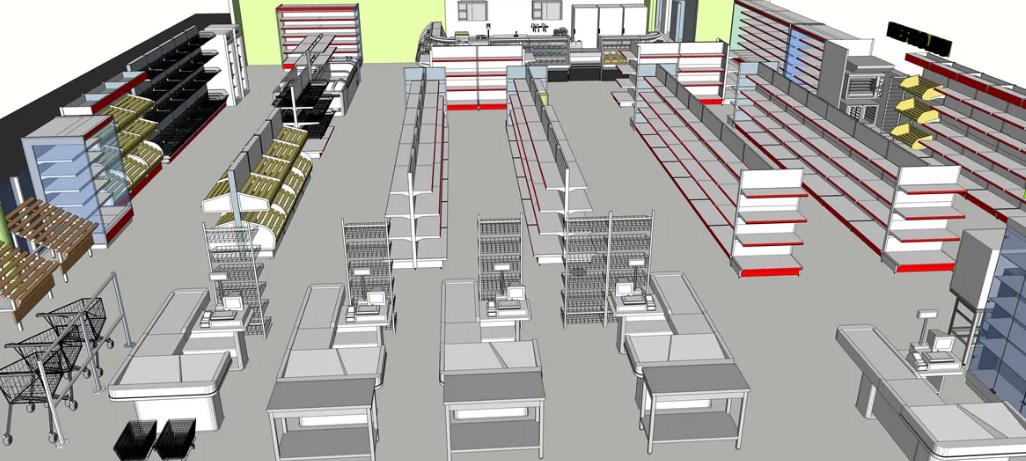
Cost-Effective Solutions: Cost-Effective Strategies for Designing and Fitting Out Your Storefront
Designing and outfitting a retail storefront can be fun but challenging, especially when working within a tight budget. However, with careful planning and strategic decisions, it is possible to create an attractive storefront without breaking the bank. Here are some cost-effective strategies for designing and furnishing your storefront on a budget:
-
Set a realistic budget:
- Start by creating a clear budget for your store project, taking into account all expenses, including rental or purchasing costs, renovations, furniture and fixtures, signage and marketing materials. Having a realistic budget will help you make decisions and prioritize your spending.
-
Focus on the essentials:
- Identify the essential elements and features that are essential to your storefront's functionality and overall aesthetic. Prioritize spending on important items such as signage, lighting, display fixtures and seating, while keeping an eye on unnecessary additions that can be added later if budget allows.
-
Buy furniture and fixtures wisely:
{thirty} - Look for inexpensive options when choosing furniture and fixtures for your store. Consider purchasing used or refurbished items, explore discounts for bulk purchases, or negotiate competitive prices with suppliers. Compare prices from several suppliers to find the best value for your budget.
-
Choose universal and multifunctional products:
- Choose furniture and fixtures that serve multiple purposes or can be easily repurposed as your needs evolve. Versatile products such as modular shelving, stacking chairs and folding display tables provide flexibility and durability, allowing you to get the most out of your investment.
-
DO IT YOURSELF and recycle:
- Get creative and consider DIY solutions or upcycle existing materials and furniture to save on costs. Replace old pallets with display shelves, replace unwanted merchandise with a fresh coat of paint, or create custom signage and decor using readily available materials such as cardboard, fabric, or vinyl decals.
-
Consider long-term savings:
- While upfront costs are important, also consider long-term savings and longevity of materials and furniture. Invest in high-quality, durable products that will withstand heavy use and require minimal maintenance or replacement over time, ultimately saving you money in the long run.
-
Negotiations with suppliers:
- Don't be afraid to negotiate discounts, wholesale prices, or payment terms with suppliers that fit your budget constraints. Many suppliers are willing to work with small businesses and offer flexible options to meet budgetary needs.
-
Maximize natural light:
- Take advantage of natural light to illuminate your storefront and create a welcoming atmosphere without relying heavily on expensive artificial lighting solutions. Position displays and seating areas near windows to maximize natural light, reducing the need for additional lighting fixtures.
-
Use cost-effective marketing materials:
- Invest in cost-effective marketing materials such as printed banners, posters or vinyl decals to promote your brand and attract customers to your storefront. Look for inexpensive print options or consider DIY alternatives, such as hand-painted signs or chalkboard art.
-
Control and regulate expenses:
- Regularly review your budget and control your expenses to stay within your financial limits. Be prepared to adjust your plans or make compromises as necessary to prioritize essential expenses and avoid overspending.
By implementing these cost-effective strategies for designing and furnishing your store display, you can create an attractive and welcoming shopping environment that resonates with shoppers while staying within budgetary constraints. With careful planning, creativity and resourcefulness, you can bring your storefront vision to life without sacrificing quality or style.






